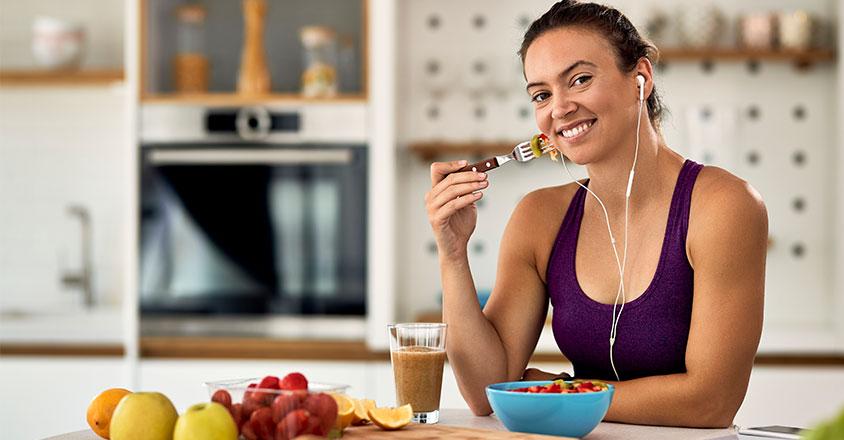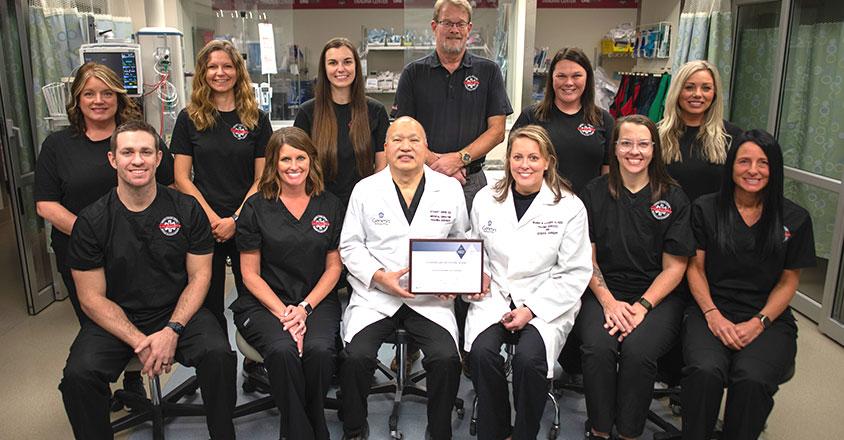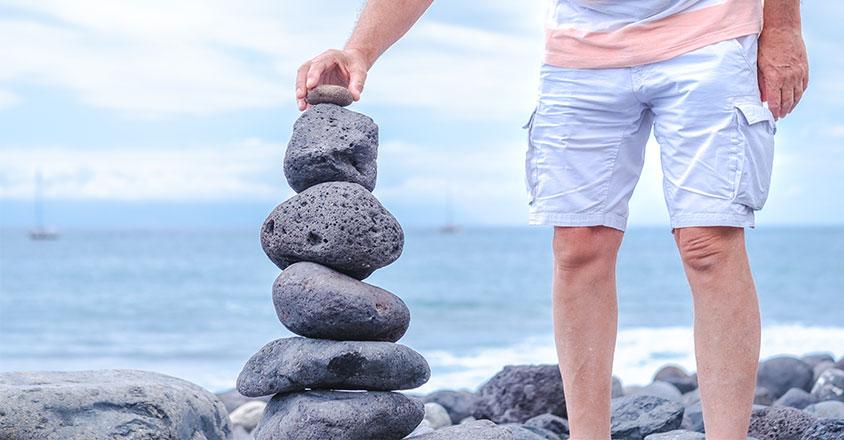Pacemakers are implantable devices that treat slow heart rates. They can greatly improve the quality of life for individuals by preventing symptoms from slow heart rate conditions, such as sick sinus syndrome, or atrioventricular (AV) block.
What is a pacemaker?
A pacemaker is a small device implanted under the skin near your collarbone to help regulate your heartbeat. A standard pacemaker consists of a pulse generator and wires (leads) secured in the heart. The pulse generator contains a battery and a tiny computer that sends electrical signals (heartbeat commands) to your heart when your heart rate is too slow.
Why might you need a pacemaker?
Your doctor may recommend a pacemaker if you have a heart condition that causes your heart to beat too slowly.
According to current guidelines, a pacemaker is offered if you experience symptoms such as shortness of breath, fatigue, dizziness or passing out due to a heart rate of less than 50 beats per minute while awake, which is not due to a reversible cause. While asleep, heart rates less than 50 beats per minute can be normal.
A pacemaker can help ensure that your heart beats normally, improving your quality of life and reducing your risk of serious complications. In people whose heart rates are too slow, it can help improve energy levels and exercise tolerance.
How should you prepare?
1. Medical evaluation:
Your doctor will review your medical history and perform a physical exam.
Diagnostic tests, such as an electrocardiogram (EKG or ECG), echocardiogram or Holter monitor, may be conducted to assess your heart rhythm.
Discuss any medications you are taking. You may need to adjust them before the procedure.
2. Fasting:
3. Arrangements for after the procedure:
Arrange for someone to drive you home after the procedure, as you will not be able to drive.
Plan for someone to stay with you for at least 24 hours after the procedure to help with daily activities as needed.
What happens during the procedure?
The pacemaker procedure is done in the hospital and requires local anesthesia. Sedation medication is also used to maintain patient comfort. Implantation involves making a small incision near your collarbone and inserting the leads into a vein that leads to your heart. The leads are then guided to the correct position in your heart, and the pulse generator is placed under the skin near the incision. The incision is closed with absorbable sutures. A standard pacemaker implant procedure will take about one hour to complete.
What is recovery like?
Most people who receive pacemakers choose to go home about four hours after the procedure is completed. Your doctor will provide instructions on caring for the incision and what activities to avoid while you recover. Most people can resume normal activities (including lifting, pushing, and pulling) after four weeks.
Are there risks?
While pacemaker implantation is generally safe, there are risks and potential complications. These include possible infection, bleeding, bruising, allergic reactions, pain and swelling. However, following your doctor’s instructions will usually enable you to avoid these potential side effects.
What is life like with a pacemaker?
A pacemaker can be life-changing for individuals with symptoms due to a slow heart rate. Most patients will experience improvement in physical activity and a reduction in symptom burden.
Make an appointment
By understanding what a pacemaker is, how it works, how to prepare for the procedure and what to expect during and after it, you can make an informed decision about whether a pacemaker is right for you. If you have any questions, discuss them with your heart doctor.








